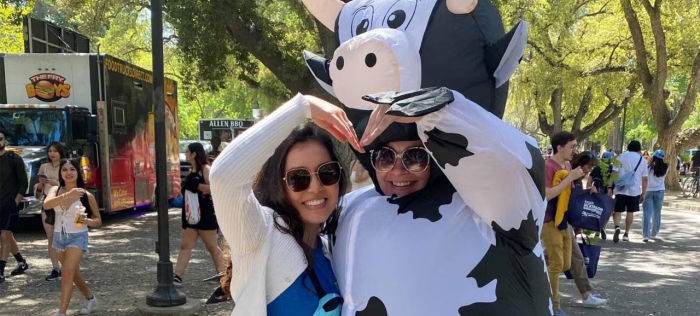
The edge of energy
Developing renewable resources from surprising places
Faculty across UC Davis are making breakthroughs in renewable energy that have the potential to power our lives while protecting the planet.
Donor support is essential to giving UC Davis experts the resources and freedom to explore high-risk, high-reward endeavors, such as wind turbines with compostable blades and more efficient solar cells.
Meet just two of the UC Davis experts who are pushing the boundaries of what’s been possible so far, with an eye toward a sustainable future.
Bamboo + mushrooms = compostable wind turbines

Wind energy is currently one of the fastest growing sources of renewable energy around the world.
But as the production of wind turbines increases, so does the number of used wind turbines, most made with fiberglass, in landfills. More than 2 million tons of decommissioned blades in the U.S. are projected to be sent to landfills by 2050, according to a recent study in the journal Resources, Conservation and Recycling.
UC Davis researchers are developing a potential solution to this problem: compostable wind turbine blades built with sustainable materials.
“We want to have clean energy, but clean energy cannot pollute the environment,” said Valeria La Saponara, professor of mechanical and aerospace engineering, who is the principal investigator of the project.
The co-principal investigator is Michele Barbato, professor of civil and environmental engineering. For the aerodynamics analysis of the newest blade concept, they were assisted by Camli Badrya, assistant professor of mechanical and aerospace engineering.
Their current prototypes are made with a combination of bamboo and mushroom mycelium, a versatile type of living material that is grown on repurposed agricultural waste. When composted, mycelium is also capable of bioremediation, meaning it can break down environmental pollutants and help clean the area where it is composted.
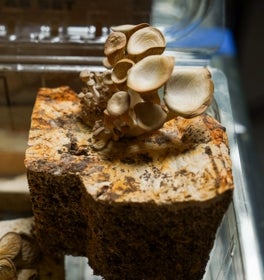
“I'm trying as much as possible to use materials with a low carbon footprint that are locally sourced,” said La Saponara. While bamboo is not local, she explained, it is the fastest growing plant on Earth and is strong and flexible enough for a turbine blade.
With additional funding, La Saponara envisions working on the path to commercialization so that building compostable wind turbine blades becomes a less labor-intensive, more automatic process that can one day be scaled up for production.
“My goal is to see a competitive 10-kilowatt compostable turbine blade to get people interested in using these blades instead of the ones that end up in the landfill,” she said.
“There is a market for 10 kW blades, for example in rural areas or in areas hit by natural disasters that need an easily deployable source of power. We’re at a tipping point in the environment, and our next generation are the ones who will pay the highest price.”
Hybrids = efficient solar cells
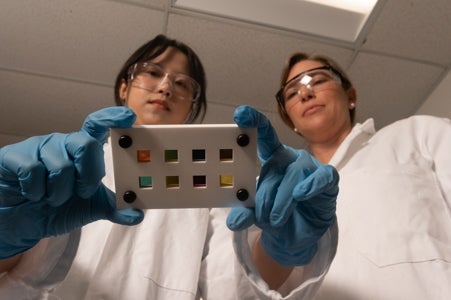
Marina Leite, professor of materials science and engineering and a UC Davis Chancellor’s Fellow, is using machine learning to test new materials for high-efficiency and stable solar cells—used to harvest light in renewable energy systems such as solar panels—that are more efficient and affordable.
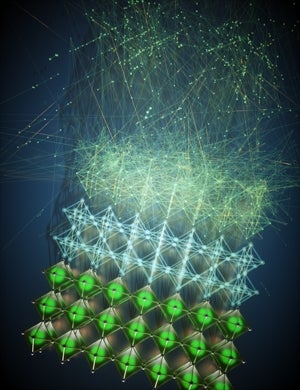
The materials, called perovskites, are hybrid organic-inorganic molecules that can potentially be used as a low-cost alternative to silicon; however, they degrade quickly once exposed to high heat or humidity. To identify resilient perovskites, thousands of chemical combinations must be tested.
“This is a situation where machine learning can really help speed up the discovery of stable chemical compositions,” said Leite. “Understanding the stability of perovskites under different environmental conditions is critical, but the number of possible chemical combinations is enormous to use trial-and-error conventional methods.”
As a part of the Chancellor’s Fellows program, which is donor-supported, Leite notes that philanthropic funding has allowed her to explore bold ideas that may not have received funding from government or other traditional sources.
“The Chancellor’s Fellows Program is a fantastic initiative that has allowed faculty like me to implement daring ideas that will help establish UC Davis as a leader in new fields,” said Leite.
“When we look at the history of science, risky moves are the ones that have often led to breakthroughs. It’s important to have the freedom to explore new pathways to find a solution for mitigating climate change,” she added.
Machine learning is an innovative approach to test and predict the right perovskite and the potential effects of environmental stressor combinations with high accuracy. To develop the right algorithm, graduate students Meghna Srivastava, M.S. ’22, and Abigail Hering, Ph.D. ’26, collected over 7,000 measurements of five different perovskite films that were submitted to humidity conditions that mimic hot summer weather in Sacramento.
“Our paradigm is unique, and I am eager to see the upcoming measurements,” Leite said.
Using perovskites in solar cells could have a huge impact for light-emitting devices as well. Leite has dedicated her career to research on functional materials for sustainability.
“It’s important to me that my research can have a long-lasting impact on sustainability, and advancing the development of materials and devices for clean energy has been one of my primary goals,” she said.
Chancellor’s Fellows
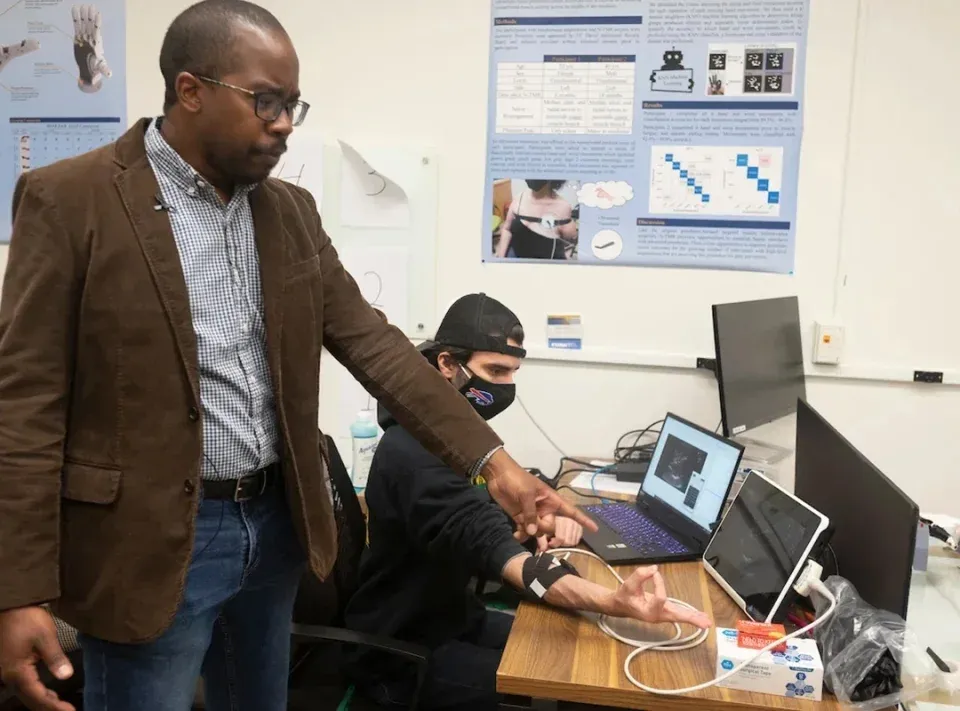
Thanks to the support of donors, UC Davis has named 191 faculty members as Chancellor’s Fellows over the program’s 23-year history. Each fellow receives $25,000 in unrestricted funds for research or other scholarly work.


